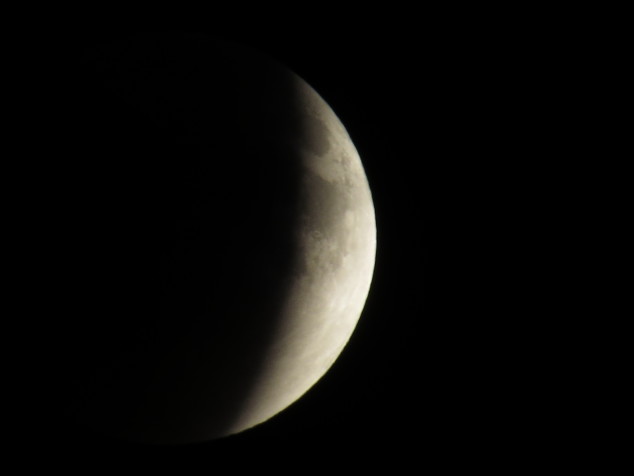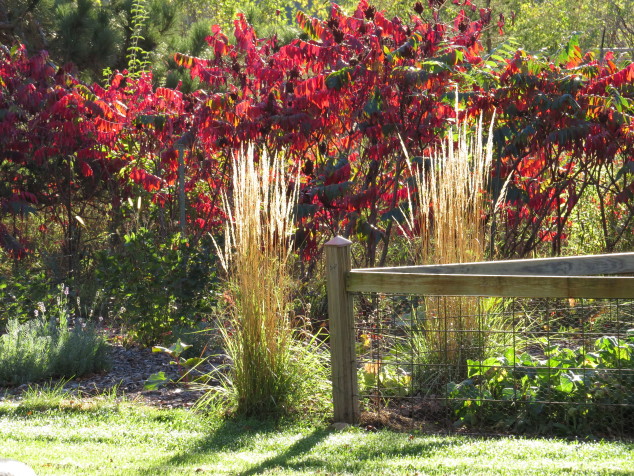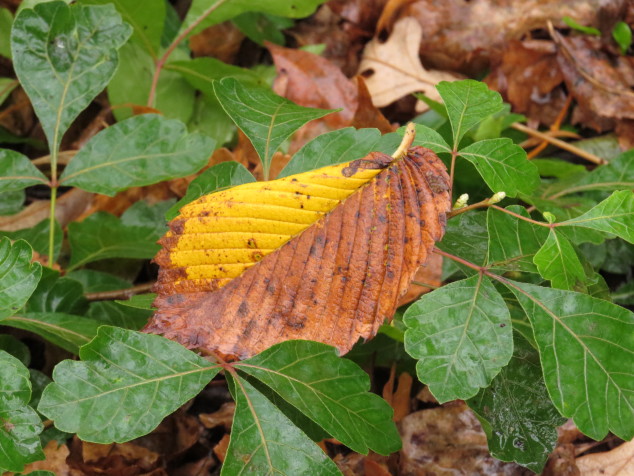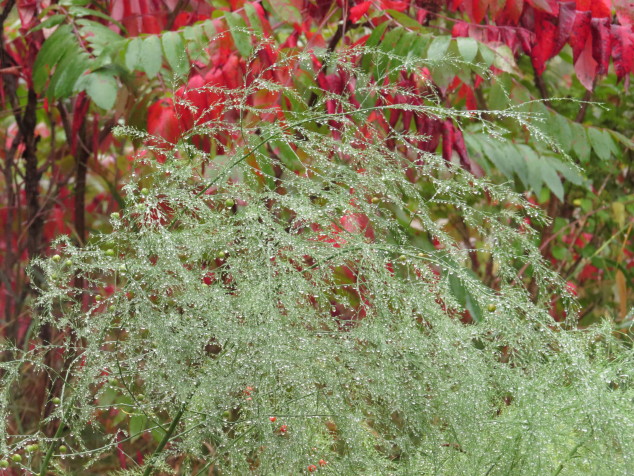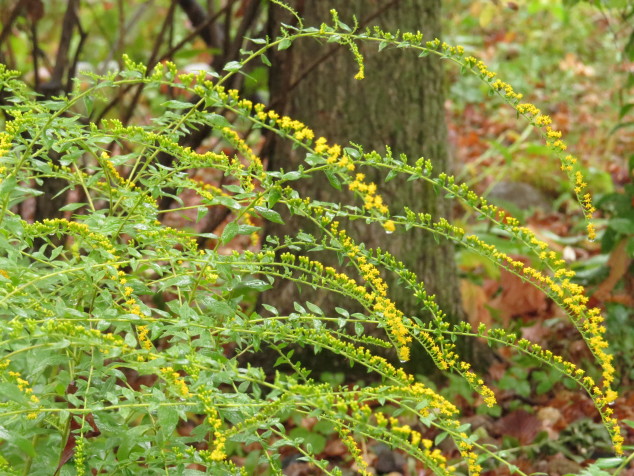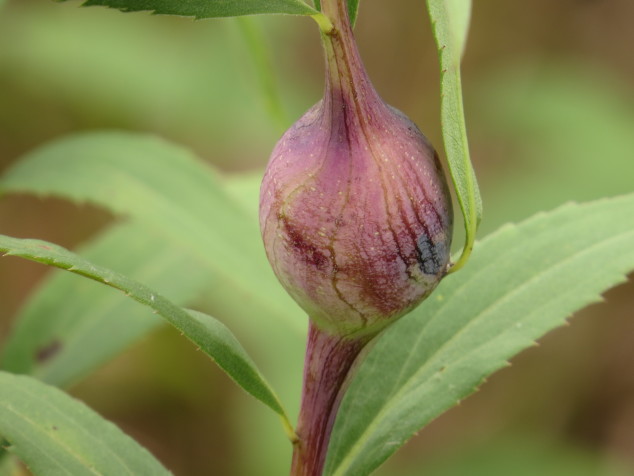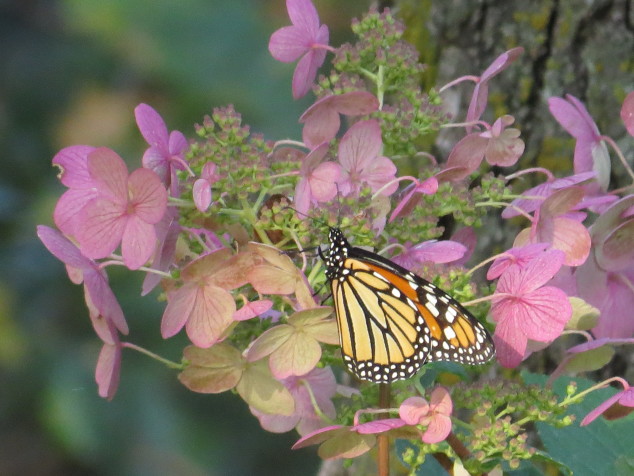We have all heard the phrase that a picture is worth a thousand words, and some have enlarged that value to ten thousand words. The saying has been linked to Fred R. Barnard, a United States advertising executive in the early 1920’s who promoted the effectiveness of graphics. Barnard attributed the saying to a Japanese philosopher and later as a Chinese proverb. With my amateur photography and mission to showcase the beauty of Nature, I believe in the power of an image to convey something words cannot express. And yet, there have been some frustrating moments for me these past months of August and September where I could not capture the essence of the experience with my camera. The latest of these moments was the super-moon eclipse. The first half of the eclipse was visible between roiling clouds that eventually took over and obscured the ‘coming out’ phase.
There are many wonderful photographs of the eclipse shared on the internet, but even a series of professional images could not capture the essence of the eclipse experience. To see the huge, shining full moon taken over by the shadow and how the atmospheric particles shone red was awe-inspiring. It made me realize the movement of our earth and universe and just how small we each are in the whole scheme of things.
While autumn finery is easier to capture in pictures, part of our ability to appreciate the images is our familiarity with it. Most have experienced the miracle of changing leaves, the smell and sound of dried leaves crunching underfoot, and coolness of air on a blue-sky fall day. By looking at a photo, we can ‘imagine’ the rest.
We have had a dry September–only one measurable rain at a much-needed, yet insufficient half-inch. We all drank it in.
Our dry weather is turning the changing of the colors to the drying and browning of leaves, but one of the fall perennial stand-outs is in full bloom–‘Fireworks’ goldenrod. This deer and drought resistant cultivar has an explosion of tiny yellow flowers on horizontal stems.
Many of the common goldenrod growing in the wild areas have an interesting feature–a purplish, rounded gall on the stem. The Goldenrod Gall Fly is a parasite that lives its entire life cycle on the goldenrod plant. After mating on the plant, the female deposits her eggs into the stem with her ovipositor. The larvae hatch in ten days and eat inside the stem. Their saliva has a chemical in it that causes the plant to grow the abnormal galls. The larvae stay in the galls for a year, producing an anti-freeze-like chemical to keep them alive through the winter. In Spring, the larvae become pupae and then adults, and then they leave the galls to find mates. The armor-like galls protect the larvae from most predators, but the Downy woodpecker seeks out the galls to break them open to feast on the juicy larvae.
September was also the month of the Monarch. Our intention to let more milkweed grow paid off in the currency of butterflies.
A picture is worth a thousand words, ten thousand words, and maybe more. They are valuable in the appreciation of Beauty and the conveyance of details. The Essence of the Experience of walking through the Lost Forty forest last month or of viewing the super-moon eclipse could not be captured by photography, however. It could not represent the other senses–the smell of the pine needles, the quiet wind whispering through the tree tops, the feel of three hundred year-old bark– or the ‘other worldliness’ of moons and planets aligning and of the deep history and holiness of the land. As we live our entire life cycle on Planet Earth, pictures, words, and imagination cannot be stand-ins for the Essence of Experiences, for no matter the currency, they are worth millions.
